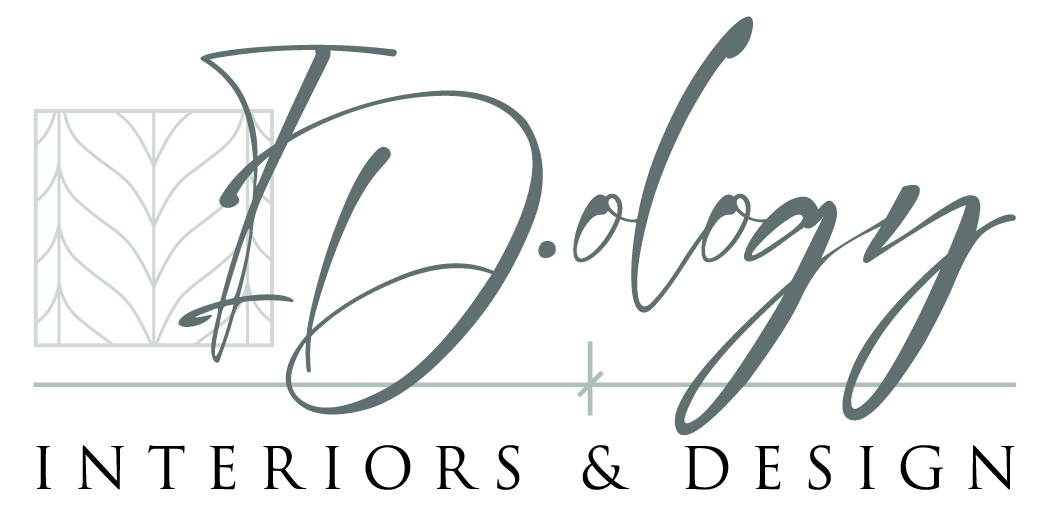Decorating styles have evolved over the ages. Each style is beneficial to the people who will enjoy the home for years to come. Many styles have been born out of previous styles. Determine which style fits your taste from the characteristics of each of the following styles.
Traditional
- Formal feel
- Colors in jewel tones and deep hues
- Silks and satins
- Soft scrolls
- Crystal chandeliers
- Brass or bronze finishes
- Dark woods
Transitional (Hybrid between traditional and contemporary)
- Clean lines mixed with some detailed curved accents
- Accent colors from traditional palettes infused with neutral tones
- Oriental rugs paired with contemporary furniture
- Lighter, crisp color palates
Organic Modern
- Simplistic
- Neutral colors
- Furniture or accessories made of natural materials
- Unity between natural interior elements with the outdoors (i.e. rough sawn or reclaimed woods, stone accessories, leaves, etc)
- Natural elements blended with sleek modern
Contemporary
- Solid colors with contrasting properties
- Smooth surfaces and hard lines
- Concrete and metals
- Minimal accessories
- Bold splashes of color or shape
Classic Contemporary
- Infuses more natural and softer tones and shapes
- Complimentary colors versus boldly contrasting as in typical contemporary
Shabby Chic
- Whites and soft pastels
- Vintage items
- Distressed wood furniture
- Fabric lamp shades
- Feminine
- Cultural accents
Eclectic
- Combines any number of different styles
- “World Traveler” feel
- Colors used are a myriad of sorts
- Heirloom pieces mixed with tastes and styles of today
- Everything contrasting
- Often stimulating
Tuscan
- Brick and stucco
- Natural hues accented with rich reds
- Rich, darker feel
- Textured surfaces
- Comfortable presentation

